A Crash Course in Urban Watersheds
Cities are ecosystems too.
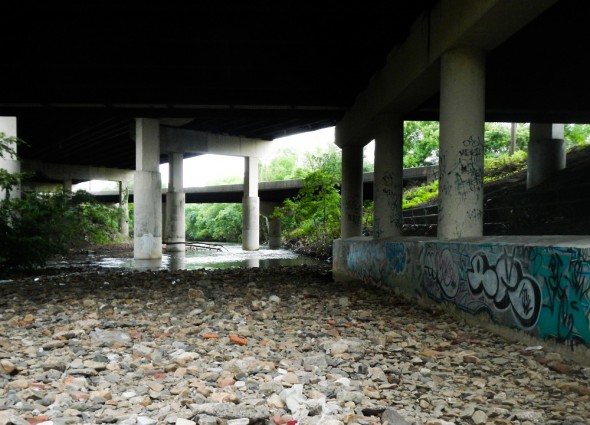
This past Tuesday, I arrived in Baltimore as part of the Logan Science Journalism program’s environmental course—a 2-week fellowship based at the Marine Biological Laboratory in Woods Hole, Massachusetts. By Wednesday morning I found myself peering down not into the sunny blue waters of the Pacific, but into the foamy brown swirls of Gwynns Falls.
Not far from its confluence with the Patapsco River and Chesapeake Bay, the river is fast-flowing and trash-ridden. It rushes under a concrete overpass carrying not only bottles and potato chip bags, but also nitrogen and pharmaceuticals and bacteria like fecal coliform. By testing the water in rivers like these, scientists can perform the watershed equivalent of a urinalysis, says Peter Groffman, an ecologist at the Cary Institute of Ecosystem Studies in Millbrook, N.Y. All that ails the greater watershed—sewer leaks, septic tank seepage, and fertilizer runoff, to name a few—ends up here in Gwynns Falls, and eventually in Chesapeake Bay. It is here that researchers hope to see improvements that will translate into a healthier bay.
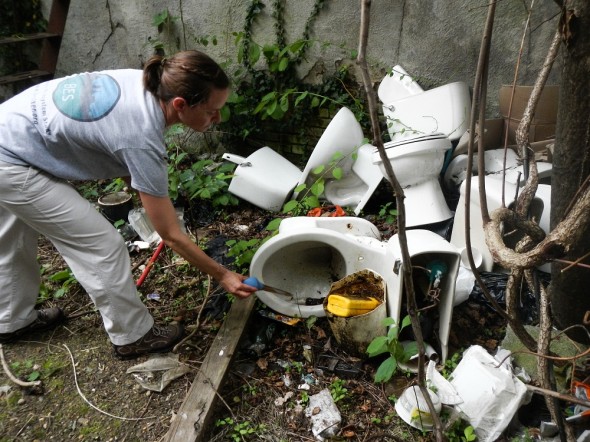
Urban waterways have been channeled, diverted, buried and polluted for centuries, but they have only recently been studied as part of the larger urban ecosystem. Understanding urban ecosystems, and the rivers within them, is becoming increasingly important as climate change alters established patterns of rainfall, floods and temperature. Globally, more people now live in cities than in rural areas, and the United Nations predicts urban populations will reach 5 billion people by 2030. The Baltimore Ecosystem Study, part of the National Science Foundation’s Long-Term Ecological Research (LTER) system, has been looking at how these changing social and biological processes interact since 1997.
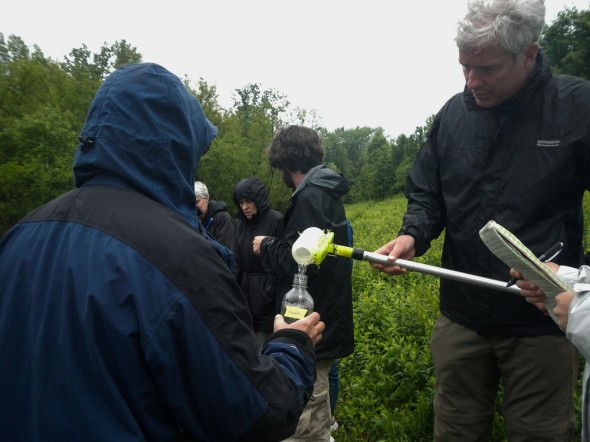
During our 2-day crash course led by scientists involved with the project, we extracted river samples with giant syringes, collected mosquito larvae from abandoned lots in West Baltimore, and gathered zooplankton—tiny aquatic animals—from stormwater retention ponds. In the lab at Woods Hole we are busy processing these samples. In the coming days we will begin to interpret what they can tell us about the quality of the urban environment, and how human decisions about topics ranging from infrastructure investment to lawn management are altering ecosystem functioning from the leafy “exurbs” on the fringe of a city to the densest, concrete-girded neighborhoods at its center.
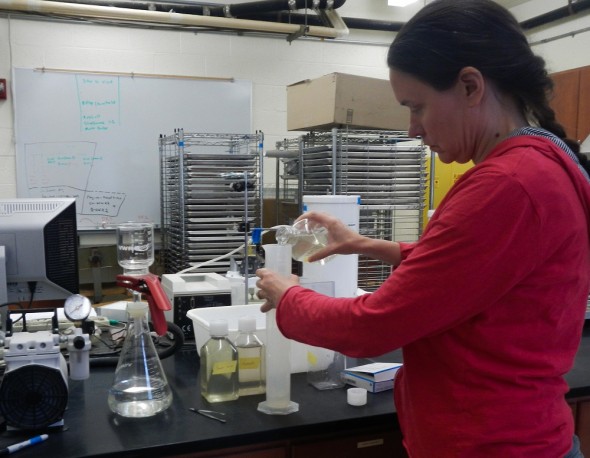
–Codi Kozacek,
Circle of Blue Reporter
A news correspondent for Circle of Blue based out of Hawaii. She writes The Stream, Circle of Blue’s daily digest of international water news trends. Her interests include food security, ecology and the Great Lakes.
Contact Codi Kozacek

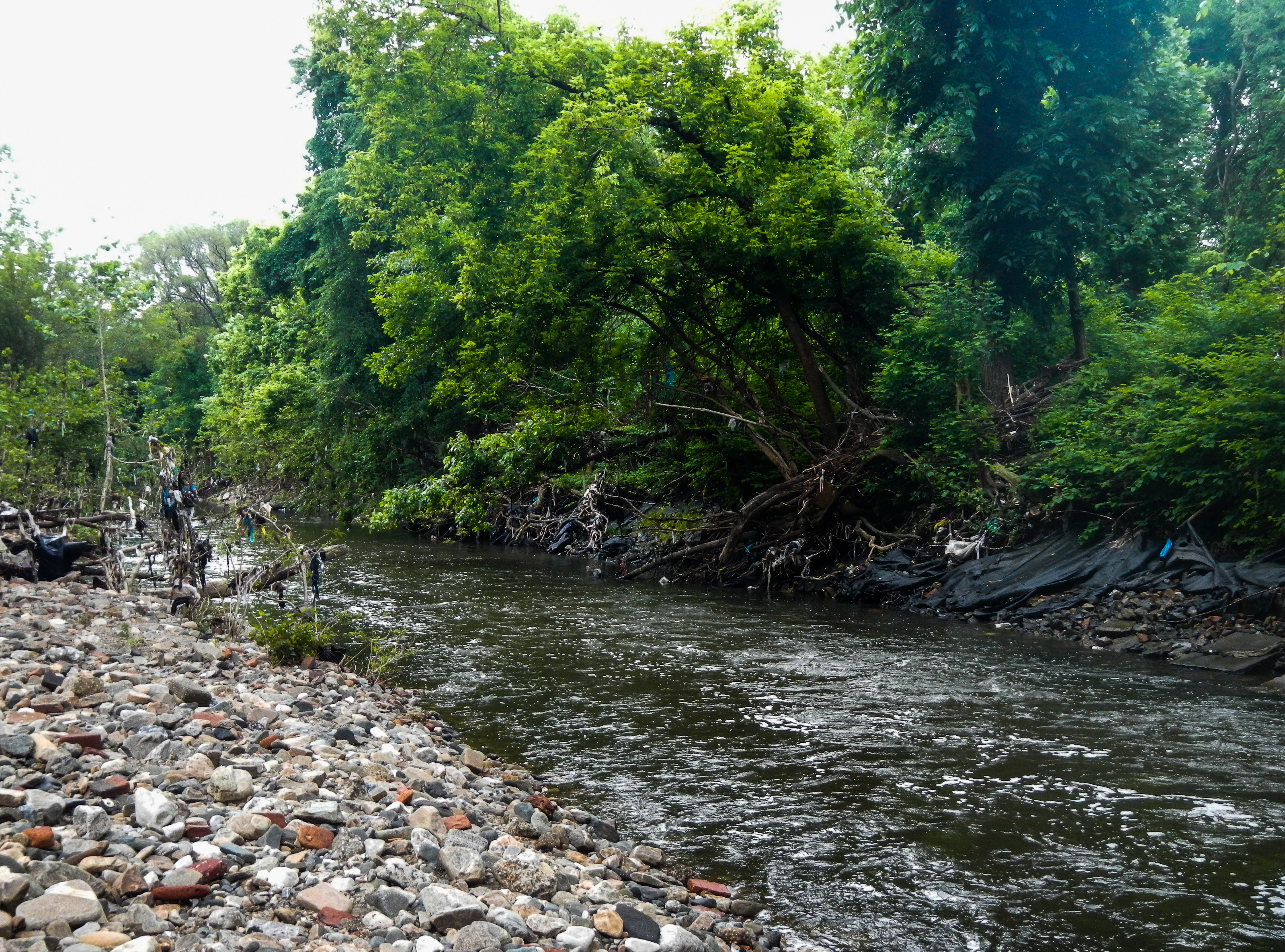

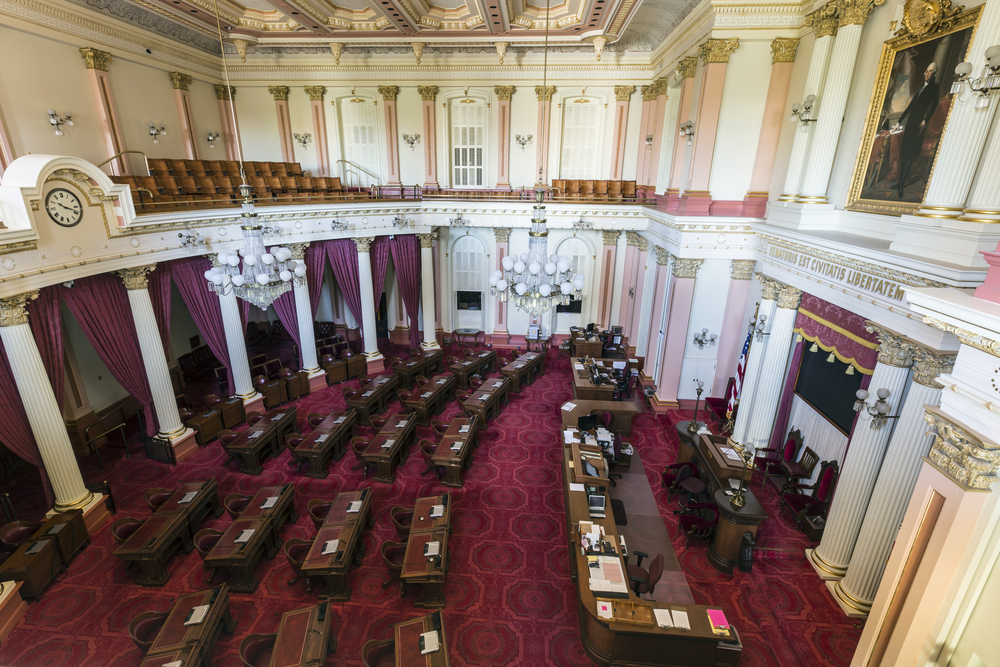
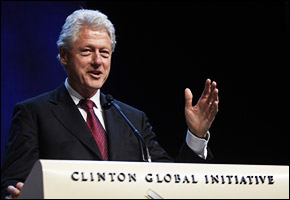
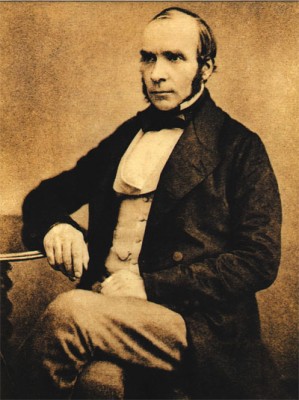


When I was growing up we would spend summers on the Chesapeake Bay. I learned to water ski and catch crabs there. It wasn’t the cleanest place then but now it looks disgusting. So sad. Great article Codi.